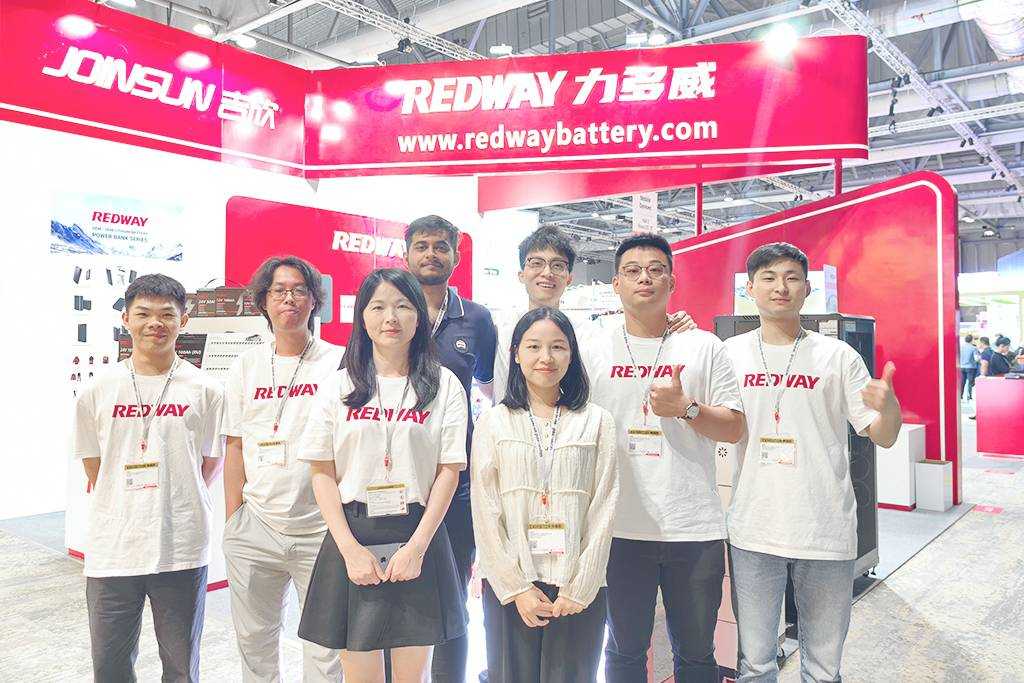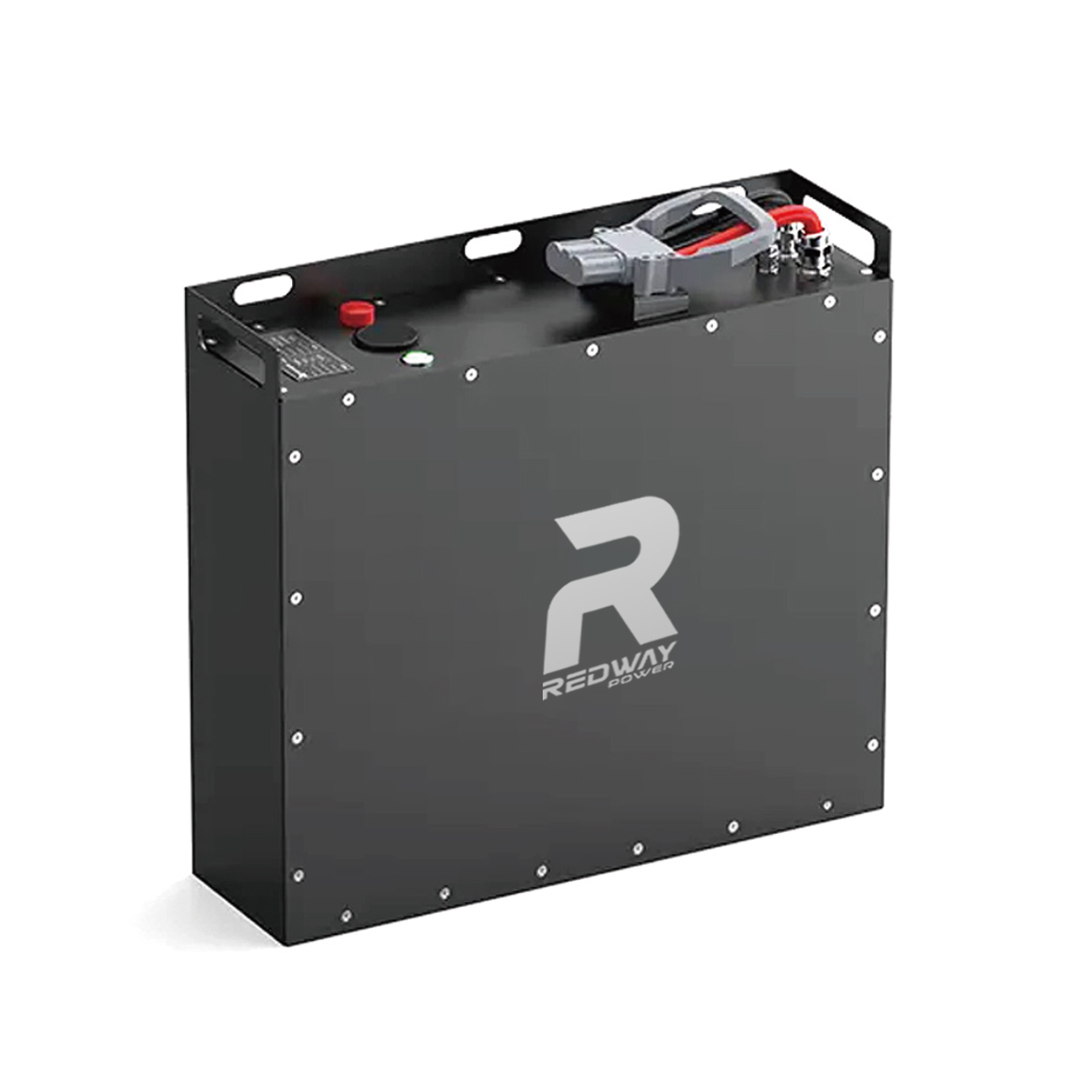Deep Cycle LiFePO4 Batteries Manufacturer
Looking for a business partner from whom you can buy deep cycle lithium batteries at wholesale price? We got you covered. Learn more about how we can work together.
Redway Lithium ion Battery Factory has been diligently striving to unlock the mysteries of transforming deep cycle LiFePO4 Batteries into a profitable venture. Discover the inner workings of LiFePO4 Batteries, explore their advantages, various categories, extensive product line, exceptional craftsmanship, and a plethora of other fascinating details by simply clicking the button below!
We are a Lithium Battery OEM Factory
Redway is dedicated to the domains of 12V, 24V, 36V, 48V, 60V, 72V, 80V, 96V, 100V Deep Cycle Lithium Iron Phosphate Batteries, RV lithium battery, Marine battery, Rack-mounted lithium battery, Golf cart lithium battery and Forklift lithium batteries. Their ultimate goal is to fulfill the diverse energy needs of customers by providing comprehensive energy service solutions. These solutions encompass a range of offerings, including lithium-ion battery energy storage products, smart hardware solutions, energy investment, and operational services, among others.
Don’t you find what you are looking for?
Just tell us your detailed requirements. The best offer will be provided.
Blog
How to Replace 48V Lead Acid with LiFePO4 in Golf Cart?
December 24, 2025
No Comments
Replacing a 48V lead-acid battery in your golf cart with a LiFePO4 pack from Redway Battery improves range, reduces weight, and extends battery life. The
How to Configure BMS for Long Life & Safety?
December 24, 2025
No Comments
Proper BMS configuration ensures your LiFePO4 battery operates safely, lasts longer, and delivers optimal performance. Set accurate charge and discharge cut-offs, enable temperature protection, balance
Which Inverters and Chargers Fit Redway Battery?
December 24, 2025
No Comments
Redway Battery provides LiFePO4 batteries fully compatible with leading inverters and chargers, ensuring safe and efficient energy management for forklifts, golf carts, solar systems, and








